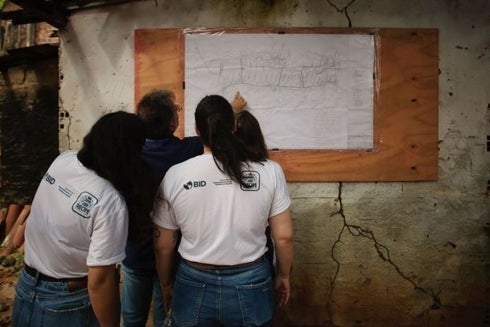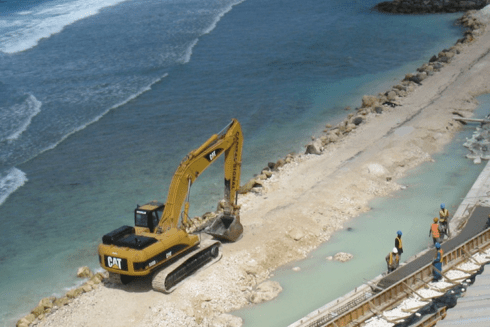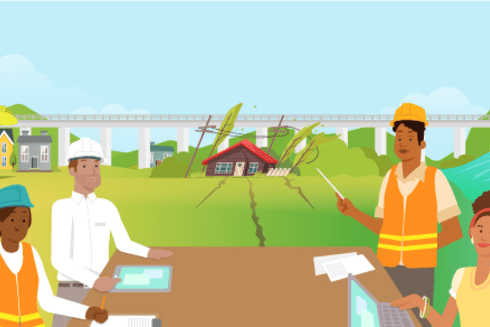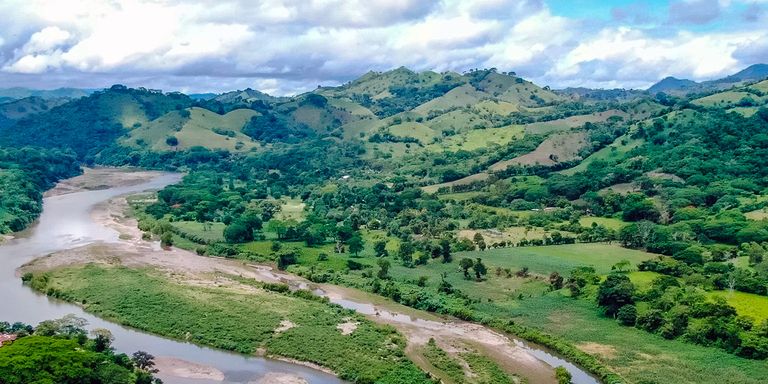
The third step in the Methodology consists of a diagnosis of the project conception in terms of disaster and climate change risk. As we move forward into the second phase of the methodology, the analysis goes deeper into the project and begins investigating the topic with more granularity, focusing on the project conception in relation to its context.
This diagnosis must be performed in the early stages of project preparation when basic information is available. It aims to determine whether the existing project conception includes considerations (if any) that are sufficient to reduce existing and future residual risks. This is documented through a short, simplified qualitative assessment called the “disaster risk narrative”.
Conversely, if the risk narrative identifies gaps, that is, if the existing considerations are not sufficient to reduce uncertainty or they leave out important aspects to reduce and manage risk, then the project needs to be further analyzed and must continue to Step 4 (as would require high-risk projects or moderate projects with high uncertainties/complexities). This analysis already serves to start building up a Disaster Risk Management Plan (DRMP), that will be detailed progressively if required as further analysis phases are completed.
To build this risk narrative and determine whether the project’s current design and management plans would adequately mitigate the existing and future risks, four main tasks need to be undertaken.
- Review of existing studies and reports addressing disaster and climate change risk
- Inquire about relevant hazards
- Inquire into design considerations
- Inquire about incremental risk

Step 4 involves performing a complete qualitative risk assessment for all high-risk projects, as well as for those moderate-risk projects where the Risk Narrative identified critical gaps that need further treatment. This step also includes a Disaster and Climate Change Risk Management Plan (DRMP) for those risks and features of the operation for which the necessary measures can be identified through the qualitative analysis.
Because of time constraints, lack of data, or aspects that are not fully quantifiable, oftentimes a qualitative assessment makes the most sense, either as a stand-alone assessment or as a steppingstone to a quantitative assessment.

One method for carrying out Step 4 is to organize a Failure Mode Identification Workshop (FMIW). This approach evaluates risk through participatory sessions in which project technicians and external experts, guided by a facilitator, jointly analyze a specific piece of infrastructure. FMIWs are essential for both defining the scope of the quantitative risk analysis and developing the Disaster Risk Management Plan.
These support materials for the FMIW Guide include catalogs of identified failure modes for various types of infrastructure, taking into account their specific characteristics in planning, design, and management.

Develop key skills to facilitate Failure Mode Identification Workshops and strengthen infrastructure resilience to natural hazards and climate change.

